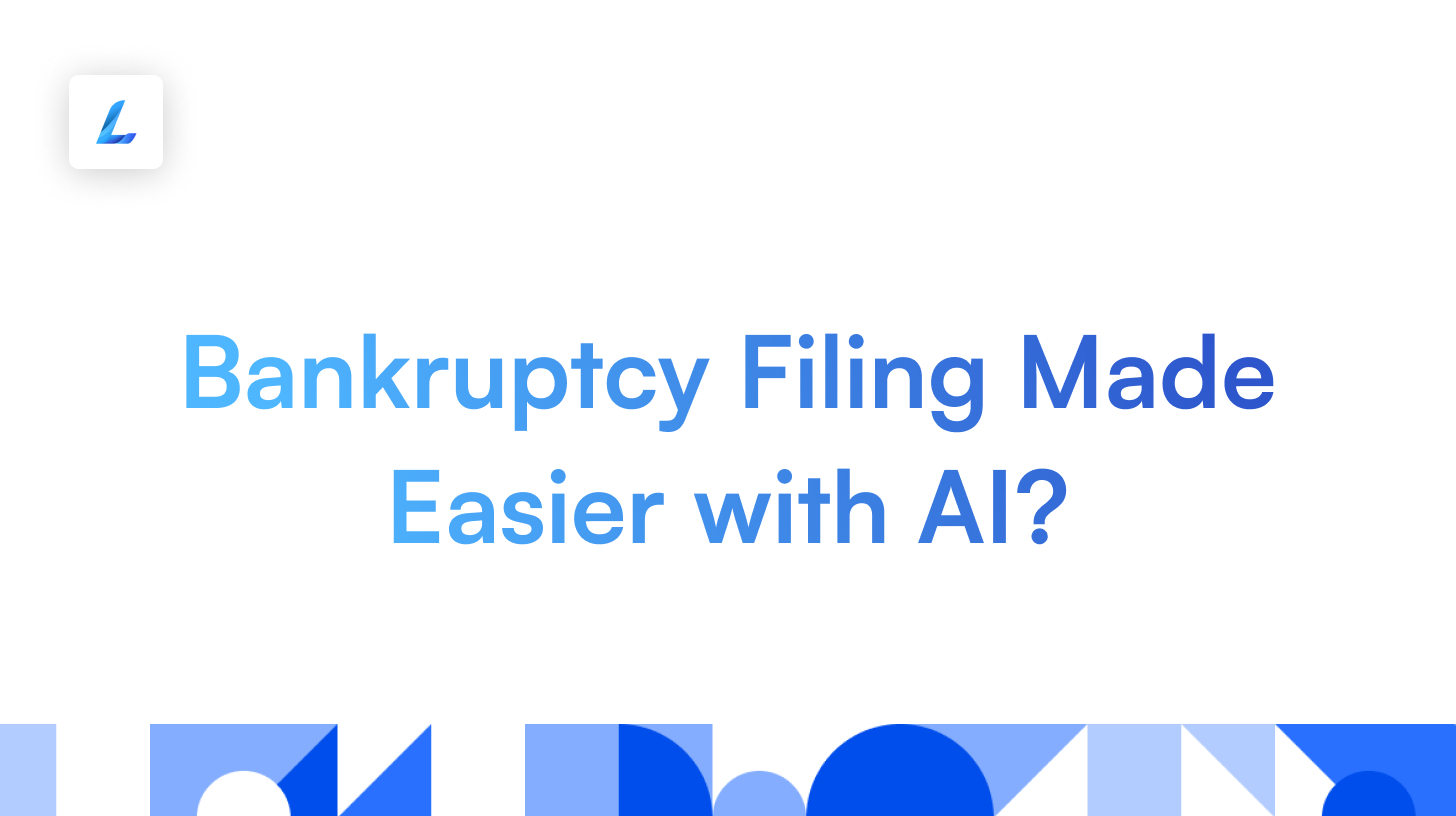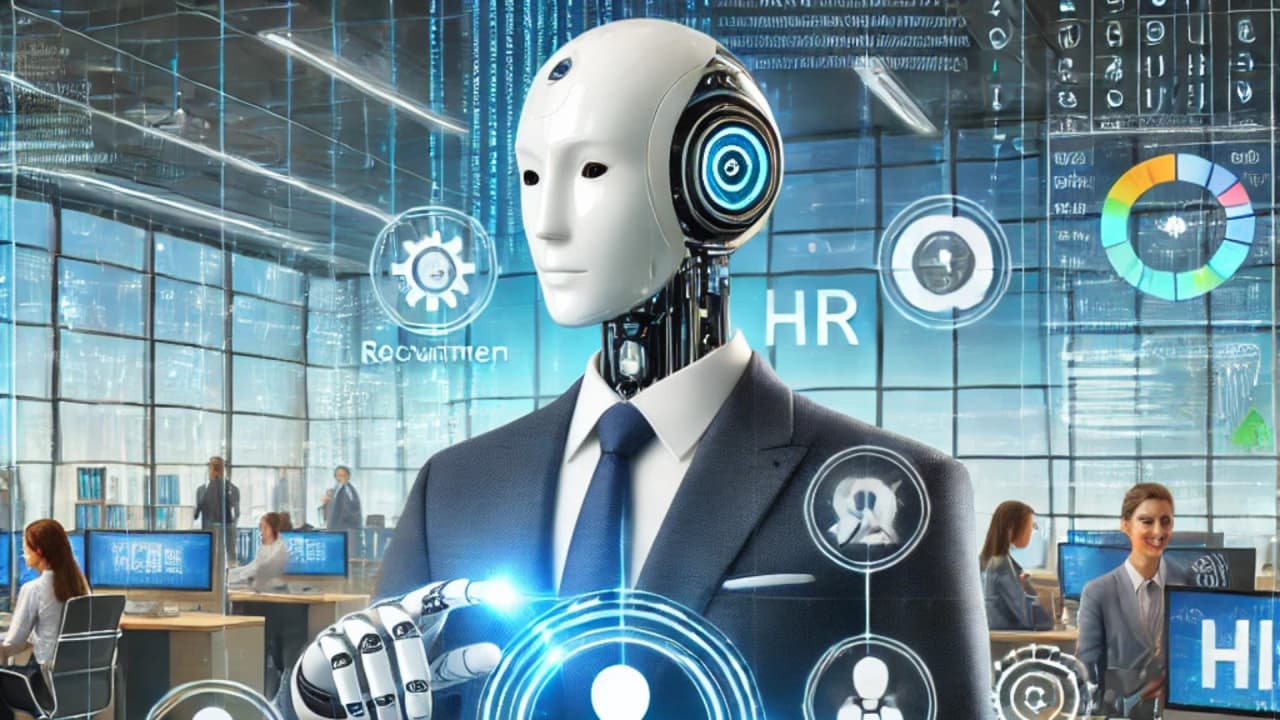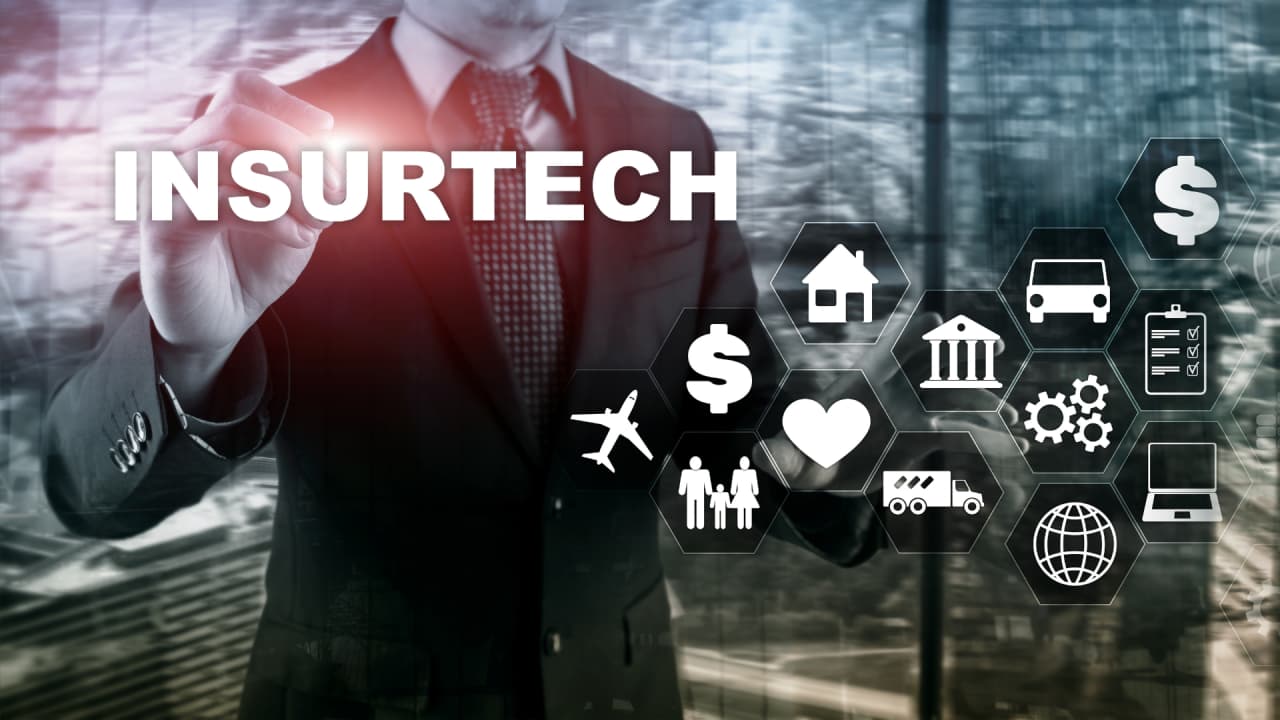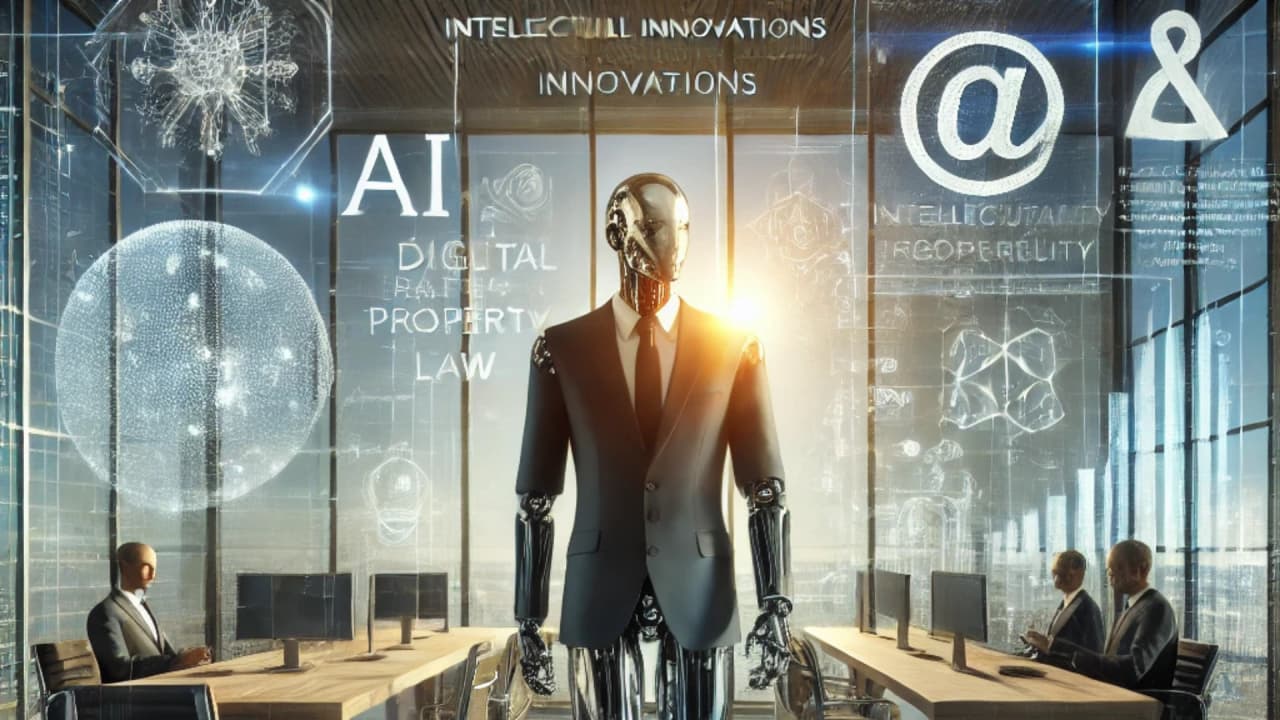The repercussions of the global economic downturn were sharply felt in 2022, as a surge in bankruptcy filings painted a clear picture of the precarious financial landscape. In the midst of these mounting challenges, individuals and businesses were faced with the intricate maze of bankruptcy law – a daunting combination of documentation, court proceedings, negotiations, and the looming uncertainty of financial futures. In this article we look at how Bankruptcy Filing made Easier with AI.
Historically, the process of bankruptcy has been marked by its complexity and length, often leaving debtors overwhelmed and legal professionals inundated. But as we sit at the intersection of technology and law, there’s a paradigm shift on the horizon. Artificial Intelligence (AI), with its multifaceted capabilities, is stepping in as a beacon of hope. This cutting-edge technology is transforming the way bankruptcy cases are approached, managed, and resolved.
With AI tools becoming increasingly sophisticated, the world of bankruptcy law is poised for a major overhaul. In this blog, we aim to unravel how AI isn’t just offering incremental improvements but is set to upgrade legal processes across the entire domain, making bankruptcy filings more efficient, transparent, and navigable.
Bankruptcy Basics and Definitions
Bankruptcy, in its essence, is a legal process individuals or businesses undergo when they are unable to pay back their debts. By filing for bankruptcy, they seek relief and protection from further actions by creditors. The legal framework surrounding bankruptcy is designed to balance the need for individuals or entities to start afresh, while ensuring that creditors receive as much of the owed amount as possible.
Key Terms
A few key terms in the context of bankruptcy are:
- Debtor: The individual or entity that owes money and is seeking protection through bankruptcy.
- Creditor: The party to whom money is owed. This could be banks, financial institutions, or even individuals.
- Trustee: A neutral third-party appointed by the court to oversee the bankruptcy process. They manage the debtor’s assets, ensuring maximum repayment to creditors.
- Discharge: The ultimate goal of many bankruptcy filings, it represents the legal erasure of specific debts, meaning the debtor is no longer legally required to pay them.
Bankruptcy in the U.S. is primarily divided into different “chapters,” each tailored for specific situations:
- Chapter 7: Known as “liquidation bankruptcy,” it involves the sale of a debtor’s non-exempt assets by a trustee. The proceeds are then distributed to creditors. Individuals, partnerships, or corporations can file under this chapter.
- Chapter 11: Often dubbed “reorganization bankruptcy,” it’s primarily for businesses, allowing them to continue operating while restructuring their debt. This aids businesses in regaining profitability.
- Chapter 13: Tailored for individuals with a regular income, it allows debtors to propose a plan to repay all or part of their debts over three to five years.
The varying chapters of bankruptcy highlight the system’s attempt to provide tailored solutions based on individual or business circumstances. Understanding these chapters is paramount when considering bankruptcy as it dictates the route and relief one might expect. With AI’s growing influence, navigating these chapters could become more intuitive and efficient, as we’ll explore in the sections that follow.
Relevant Cases in Bankruptcy Filings
The annals of economic history are marked by notable bankruptcy filings that echo the significance and complexity of these proceedings. Lehman Brothers’ 2008 downfall remains an iconic example, sending shockwaves throughout global financial markets. In 2018, the descent of retail titan Sears brought to light the intricacies and challenges tied to large-scale retail bankruptcies. In both instances, exhaustive documentation, intertwined financial obligations, and myriad stakeholders made the resolution process lengthy and convoluted.
Thus, if AI was an integrated tool during these times, its capabilities in swiftly sorting through countless documents, pinpointing pivotal contractual obligations, and offering predictive insights might have expedited resolutions, possibly changing the course of these financial sagas.
AI’s Integration into the Legal Field
The contemporary legal landscape is in the throes of an AI-driven metamorphosis. Particularly in bankruptcy law, AI’s capabilities are proving indispensable. Modern AI platforms, with their advanced algorithms, can sift through enormous repositories of legal documents in mere moments, highlighting vital details and rendering human-like interpretations.
For bankruptcy procedures, this translates to rapid, accurate assessments of a debtor’s financial standing, intricate obligations, and potential legal challenges. Predictive analytics, a subset of AI, can play a pivotal role in charting out potential restructuring strategies, providing legal teams with data-driven insights for more informed decisions. The overarching benefit? A significant reduction in the time and human effort traditionally associated with bankruptcy filings, replaced by enhanced accuracy and efficiency.
Legaliser AI Legal Assistant
Among the pantheon of AI-driven legal innovations stands the AI Legal Assistant from Legaliser, an exemplar of technological finesse. Designed with precision, this tool is tailored to tackle even the most convoluted legal contracts, making it a prized asset for bankruptcy attorneys and financial professionals.
It doesn’t merely review; it delves deep, extracting and interpreting intricate contract clauses, terms, and obligations that play a pivotal role in bankruptcy deliberations. However, to ensure that legal professionals can fully appreciate its myriad capabilities without any reservations, Legaliser generously offers a free trial, allowing users to firsthand experience its transformative potential.
Conclusion
The intricate dance of bankruptcy filings demands precision, agility, and profound expertise. As AI and tools like our AI Contract Analyser carve their niche in this domain, the trajectory of bankruptcy procedures is set for an upward swing. Legal professionals and entities stand at the cusp of an era where technology melds seamlessly with legal prowess, simplifying complexities and amplifying accuracy.
As we stand at this juncture, it’s clear that embracing AI is not just a strategic move—it’s a transformative leap towards a future where legal proceedings, like bankruptcy, are less daunting and more efficient. Ready to redefine your legal approach? Explore AI’s myriad possibilities today.






